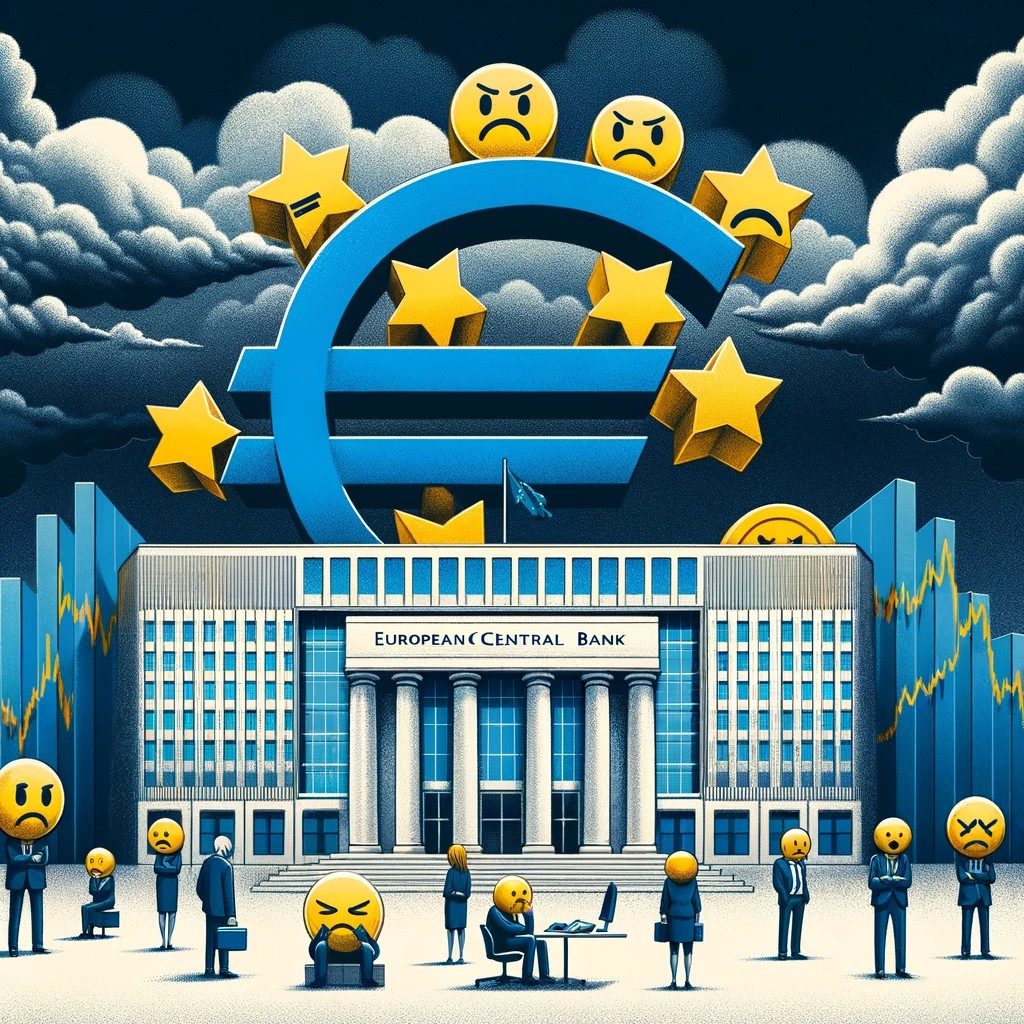In the ever-competitive world of banking, JPMorgan Chase has emerged as a towering figure, capturing a significant share of US bank profits in the first nine months of 2023. This remarkable feat, representing nearly a fifth of the industry’s total earnings, has left its competitors in a state of bewilderment. JPMorgan’s US banking subsidiary alone raked in $38.9 billion in profits, accounting for about 18% of the total profits in the sector, based on calculations from industry data.
This impressive performance is not just a flash in the pan but a manifestation of strategic acumen and market dominance. It’s a story of a financial Goliath outperforming in a year fraught with turmoil for the American financial sector. If this trend holds through the year, JPMorgan will have commanded its highest share of industry profits since the 2009 financial crisis, surpassing the earnings of its Big Four rivals Bank of America and Citigroup combined.
Strategic Moves and Market Domination
JPMorgan’s ascent to the top is not just about sheer size or market presence; it’s about strategic mastery and timely decisions. The bank has been at the forefront of capitalizing on acquisition opportunities, like the notable rescue of First Republic in May 2023, and leveraging mistakes made by its competitors. Under the leadership of CEO Jamie Dimon, JPMorgan has not only expanded its operations but also solidified its position as the largest US bank by almost every metric.
The bank’s success story is also fueled by rising interest rates, which have allowed it to increase margins significantly. However, it’s the strategic acquisitions that have given JPMorgan an edge over its competitors. The bank’s history of opportunistic purchases, including firms like Bear Stearns and Washington Mutual during the 2008 financial crisis, has played a crucial role in its current market dominance.
A Future Shaped by Growth and Challenges
Looking ahead, JPMorgan’s trajectory seems to be on an upward climb. The bank’s deposits have grown remarkably over the years, with CEO Jamie Dimon transforming it from holding 8% of US bank deposits when he took over to now boasting $2.5 trillion in deposits. This growth is a testament to the bank’s focus on expanding its branch network, investing in technology, and hiring more bankers.
However, the path ahead is not without its challenges. Dimon’s eventual successor will inherit a banking behemoth but will also face the daunting task of navigating a landscape of increasing regulatory scrutiny and potentially higher capital requirements. The looming question is how the bank will continue its dominance in a post-Dimon era.
In essence, JPMorgan’s significant share of US bank profits is more than just a testament to its financial might; it’s a narrative of strategic foresight, opportunistic growth, and market savvy. As the bank continues to expand its footprint and innovate, its competitors are left analyzing its playbook, hoping to decode the secret to its astounding success.





